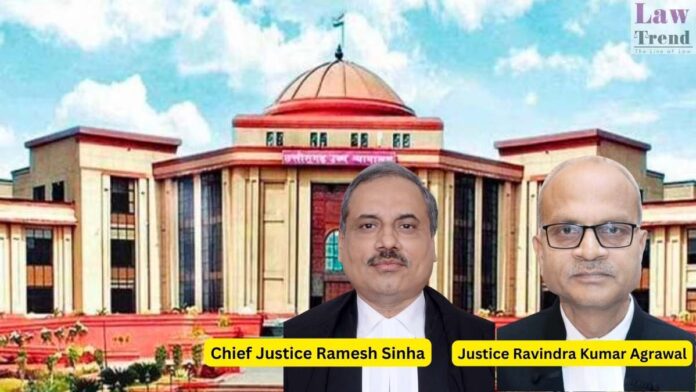In a landmark ruling, the Chhattisgarh High Court emphasized that the entire mixture of a narcotic substance, including neutral substances, must be taken into account when determining whether the seized quantity qualifies as “small,” “intermediate,” or “commercial” under the Narcotic Drugs and Psychotropic Substances Act, 1985 (NDPS Act). The judgment, delivered by Chief Justice Ramesh




